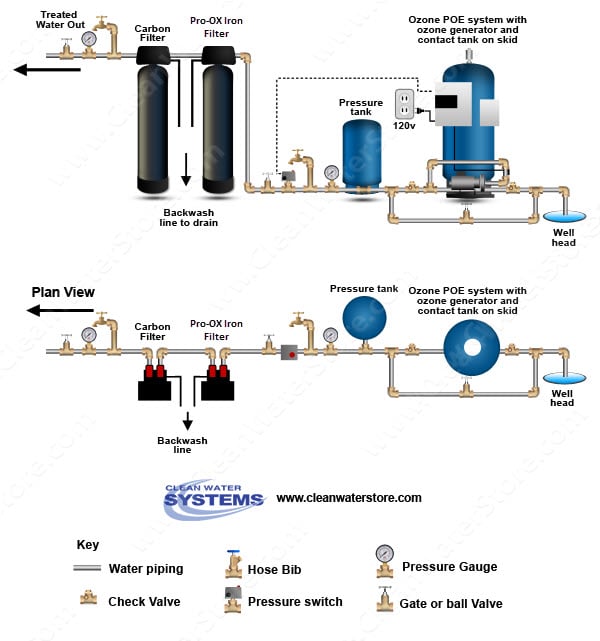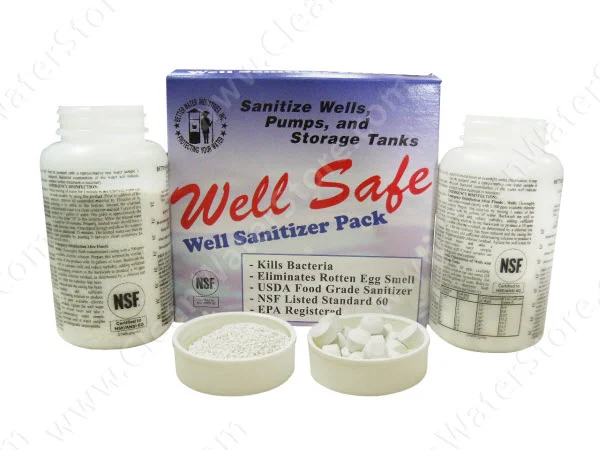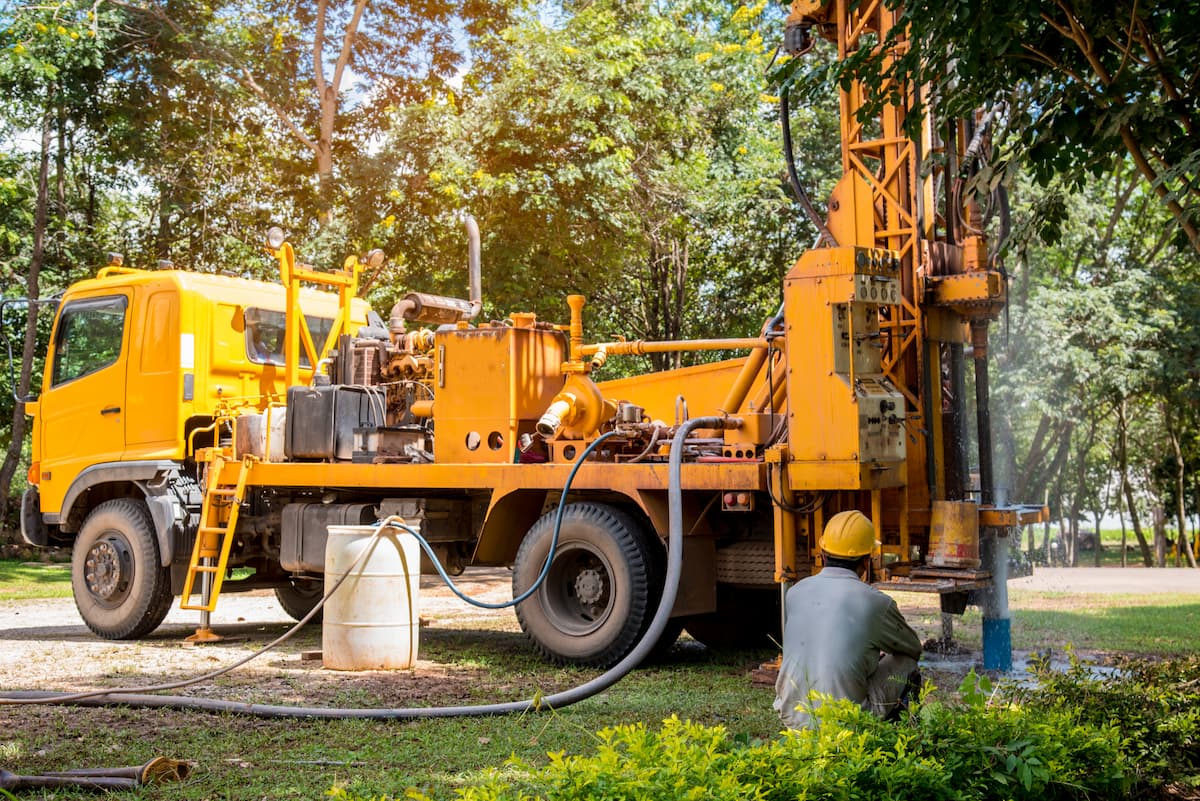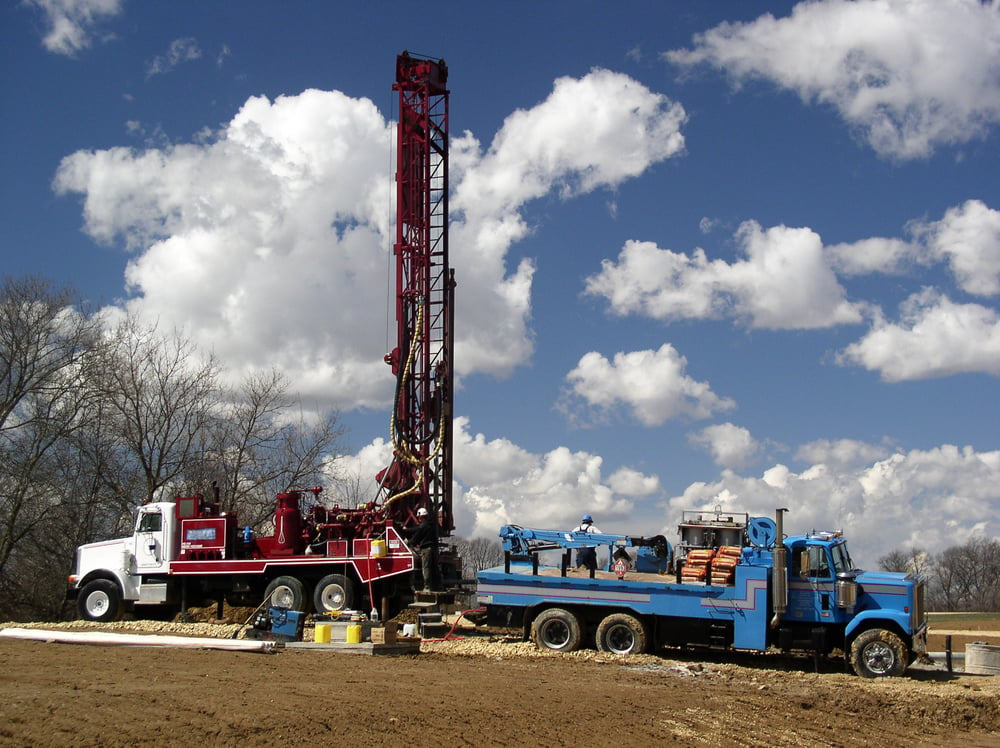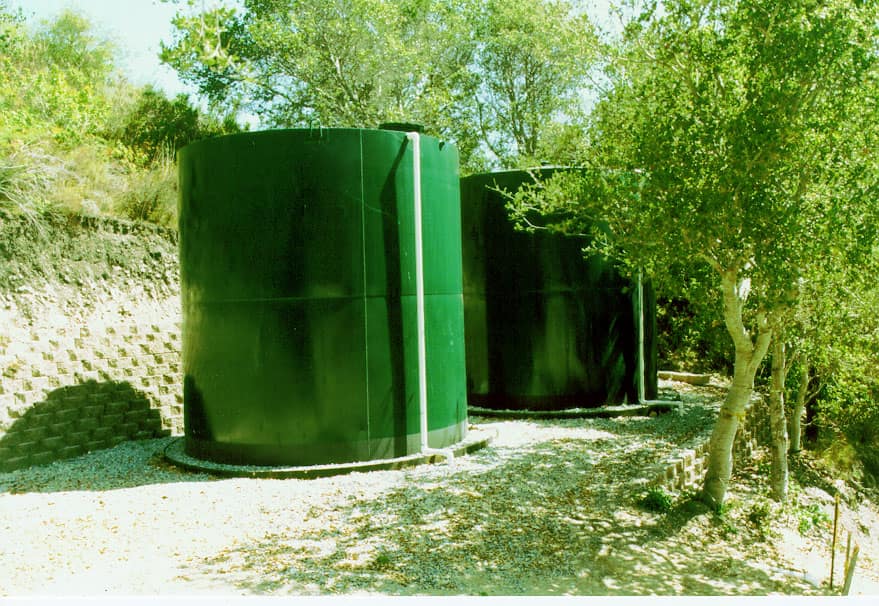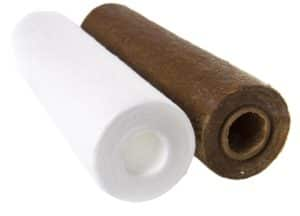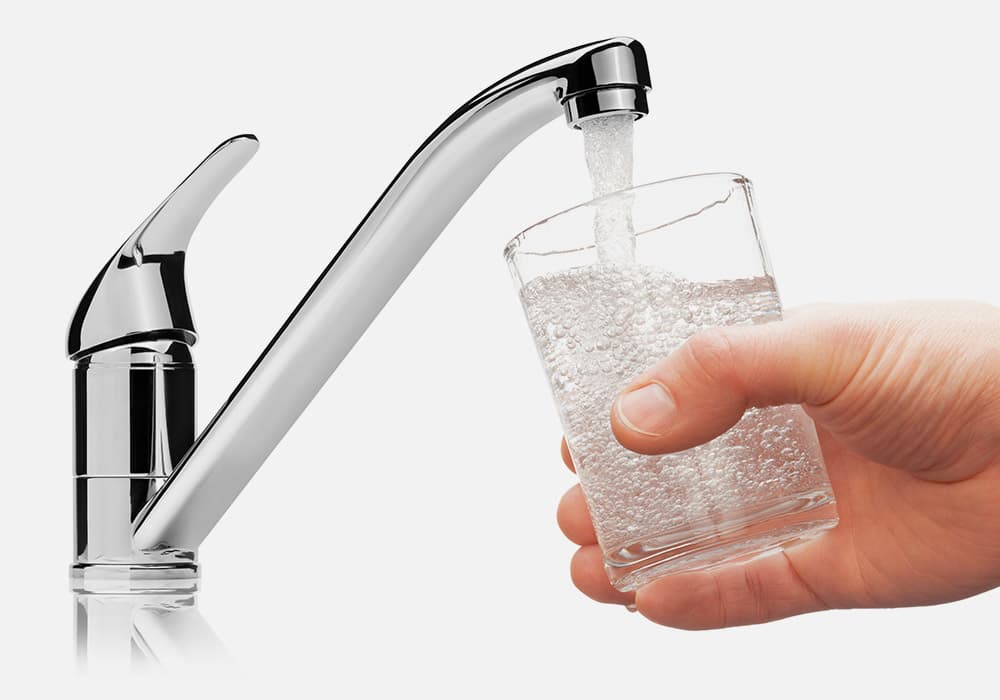Ozone Water Treatment For Well Water: The 6 Things You Need to Know First
Podcast: Play in new window | Download
Subscribe: RSS
Why use ozone water treatment for your well water?
#1: Ozone is a powerful disinfectant:
Ozone water treatment can rapidly disinfect your well water and kill bacteria and viruses, but unlike chlorine does not leave a chemical chlorine residual.
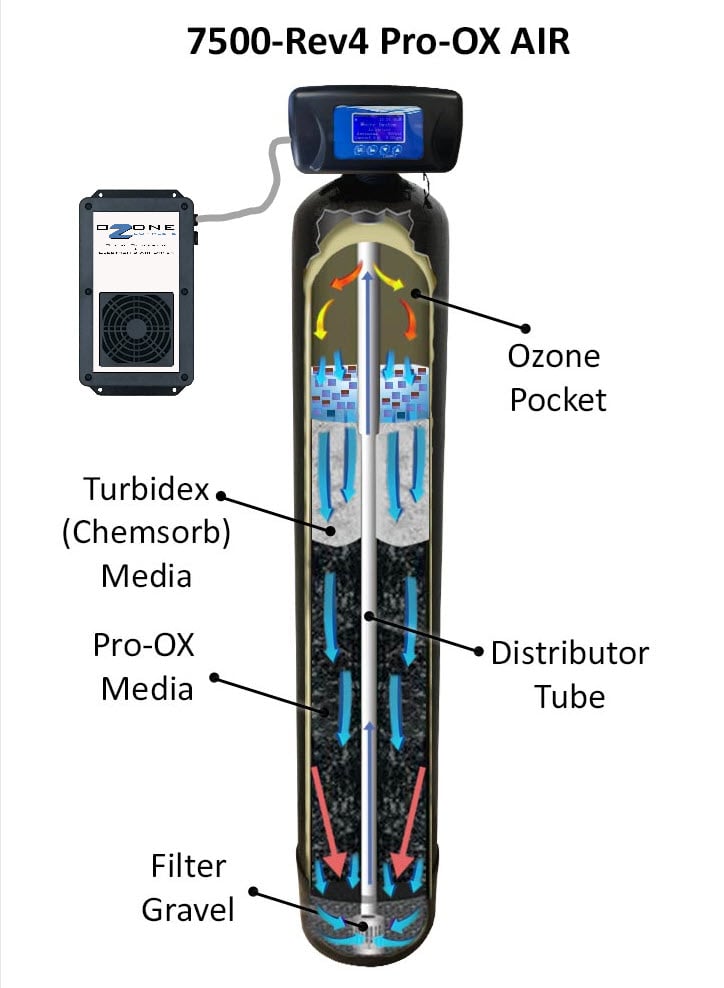
#2: When used with filtration, it removes iron, manganese and sulfur odor:
The oxidizing properties of ozone, when combined with filtration, will eliminate iron, manganese, sulfur and reduce or eliminate tastes and odor problems.
#3: Ozone is automatic and doesn't require additional chemicals:
Ozone is a gas that is generated by an ozone generator at your site and injected into your water.
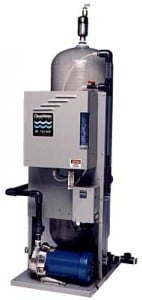
#4: Sizing is critical:
Ozone generators need to be sized to fit the application. Ozone generators produce ozone in grams per hour and depends on your well water flow rate and water chemistry.
#5: Decide on ultraviolet (“UV”) light ozone water treatment or corona-discharge type:
While UV light can produce low levels of ozone, it works best for removing slight odors and should be not used for disinfection. Corona discharge uses electricity inside a ceramic or glass cell or stainless steel plate chamber to produce ozone. It works better with dry air and there are cartridges that will produce dry air and help the generator produce high levels of ozone.
#6: Inject ozone under pressure for best results:
Ozone can be bubbled into the water in open storage tanks or low-pressure vessels, but most of the ozone does not get transferred into the water. It is much better to draw in the ozone with a venturi into a contact tank that is under 40 – 50 PSI of pressure for optimum transfer of the ozone into water.
Ozone Systems Are Widely Use for Bottling Water and Water Purification Worldwide
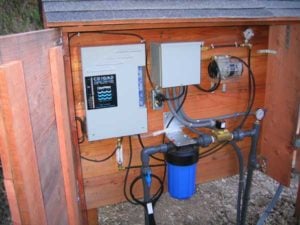
Ozone has been used for over 100 years to treat water for cities, bottling water plants and other commercial and industrial processes. Home systems have been available for some years and improved in quality and design.
If you have iron, manganese, odor AND bacteria, ozone combined with proper filtration can work great and last for many years.
Ozone water treatment oxidizes iron, manganese, and sulfur in your well water to form insoluble metal oxides or elemental sulfur. These insoluble particles such as rust, are then removed by filtration which is typically activated carbon, manganese dioxide, or other media such as filter sand.
Ozone is much faster at killing bacteria and oxidizing iron and manganese compared to chlorine or peroxide. One advantage for home use is that ozone is quite unstable and will degrade over a time frame ranging from a few seconds to 30 minutes.
So if ozone water treatment is so great, why doesn't everyone use it you may ask?
It is quite expensive compared to chlorination. Ozone water treatment costs a lot more up front compared to aeration, chlorine injection or hydrogen peroxide injection! That is the primary disadvantage. Shop our ozone systems.
Ozone for Disinfection
Ozone has a greater ability to disinfect water of bacteria and viruses compared to chlorination. To properly disinfect water with chlorine or ozone there must be enough residual of the chlorine or ozone in mg/L (same as saying parts per million or PPM) in the water, AND enough minutes of contact time for disinfection to occur.
Water chemistry is also very important. The pH of the water (how acid or alkaline it is) along with the turbidity and other contaminants all play a role in how effective chlorine or ozone will be at disinfecting your well water of bacteria.
Ozone is faster at killing bacteria and oxidizing iron and manganese compared to chlorine or peroxide. For example, the CT value (Concentrate of the oxidizer multiplied by the Time in minutes) for disinfecting water of viruses is 6. 6 minutes at 1 PPM chlorine concentration. Whereas for ozone the CT value is less than 1 (1 PPM with 1 minute of contact time) so disinfection and oxidation occur faster than chlorine or peroxide.
This varies, of course, depending on the water temperature and the pH of the water, but it gives a good illustration that ozone works faster, which saves time and money on the size of the contact tank and equipment needed to do the job.
Ozone oxides the iron, manganese, and sulfur in the water to form insoluble metal oxides or elemental sulfur. These insoluble particles are then removed by post‐filtration, typically activated carbon, manganese dioxide, or other filter media.
Ozone is quite unstable, and it will degrade over a time frame ranging from a few seconds to 30 minutes. It is produced on site automatically. The rate of how fast it will degrade is a function of water chemistry, pH, and water temperature.
Bubbling Ozone Gas Into the Water Versus Injection by Venturi Under Pressure?
Ozone is a gas, so how is it transferred into the water, which is a liquid?
Ozone has been in use to treat water since the 1890s. During the first 75 years or so, the most common way to ozonate water was to bubble it into a column of water. This usually meant it was bubbled into the bottom of a tall (20 to 30 feet high) non‐pressurized water column through a bubbler diffuser ceramic stone or pipes with holes drilled into
Many studies have shown that the mass transfer of ozone into a column or tank of water 20 foot high or shorter water is no more than 10% in a 20 foot or shorter water column. This means that 90% of the ozone being produced is wasted and needs to be vented off.
Ozone bubbler systems are now common in well water storage tanks, and one can smell the ozone gas around these types of storage tank bubblers. One may think “the ozone is working great! I can smell it!”, but actually this a sign of a poor design.
To get proper disinfection and oxidation with ozone, use a venturi to suck in the ozone gas under pressure into a contact tank, preferably at or around 30 – 50 PSI.
Have a question about ozone for your application? Get more information by filling out our Fast Help form or calling us!

